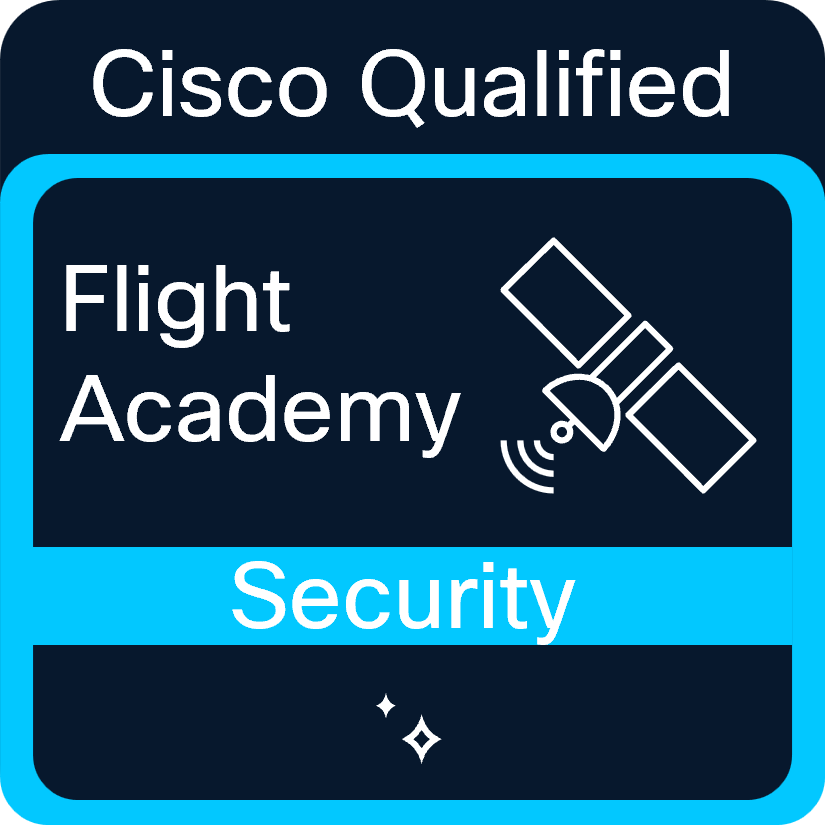- Cisco Community
- Technology and Support
- Networking
- Switching
- Storm control level recommendation
- Subscribe to RSS Feed
- Mark Topic as New
- Mark Topic as Read
- Float this Topic for Current User
- Bookmark
- Subscribe
- Mute
- Printer Friendly Page
Storm control level recommendation
- Mark as New
- Bookmark
- Subscribe
- Mute
- Subscribe to RSS Feed
- Permalink
- Report Inappropriate Content
10-26-2025
04:33 AM
- last edited on
10-26-2025
07:42 AM
by
rupeshah
![]()
Hi friends,
Please suggest the appropriate storm control level configuration for both Catalyst(9k) and Nexus(9k) switches. Up to what level can switches function without any issue? Didn't find any recommended or best practice documents.
Thanks
- Mark as New
- Bookmark
- Subscribe
- Mute
- Subscribe to RSS Feed
- Permalink
- Report Inappropriate Content
10-26-2025 04:42 AM
There is no best practice; you need to understand the network and tune based on the outcome of the network and case by case.
cat 9K guide :
good discussion on the context :
https://community.cisco.com/t5/switching/recommended-levels-for-storm-control/td-p/4186816
=====Preenayamo Vasudevam=====
***** Rate All Helpful Responses *****
- Mark as New
- Bookmark
- Subscribe
- Mute
- Subscribe to RSS Feed
- Permalink
- Report Inappropriate Content
10-26-2025 04:45 AM
Hello @Devendra Goswami
Ideal threshold depend on your network’s normal broadcast, multicast, and unknown unicast traffic patterns...
In practice, start with about 10–20% of link bandwitdh on access ports ::to protect against host storms...
.ı|ı.ı|ı. If This Helps, Please Rate .ı|ı.ı|ı.
- Mark as New
- Bookmark
- Subscribe
- Mute
- Subscribe to RSS Feed
- Permalink
- Report Inappropriate Content
10-26-2025 09:40 AM
As the others have already noted, there's no specific recommended best practice percentages because what's normal and what's too much varies per subnet.
As I noted (years ago) in the one reference that @balaji.bandi provides, when such bandwidth limiters are exceeded, "good" traffic is usually impacted too. So, to your question to what level can switches function without issue, is an "it depends". Once they trigger, legitimate traffic may be impacted but there may have been no need to trigger. Conversely, if not triggered when actually needed, you have issues too. It's offen difficult to find the "just right" values; which, again, may be different on each subnet.
Keep in mind, unicast or multicast flooding often isn't as impactful as broadcast flooding. The latter is so impactful because the host needs to accept and analyze broadcast frames/packets; they cannot be (address) filtered by hardware or as easily filtered by software.
Switch interfaces, too, need analyze broadcasts, but something more common than possibly years ago is CoPP to rate limit traffic to the switch's CPU.
- Mark as New
- Bookmark
- Subscribe
- Mute
- Subscribe to RSS Feed
- Permalink
- Report Inappropriate Content
10-27-2025 04:59 AM
Hello,
When we implemented it in our network we had to set a baseline and monitor it. After we found some traffic being blocked we adjusted accordingly. Higher speed interfaces would get a higher limit naturally.
Sometimes the best practice is the one that fits your network needs
-David
Discover and save your favorite ideas. Come back to expert answers, step-by-step guides, recent topics, and more.
New here? Get started with these tips. How to use Community New member guide



